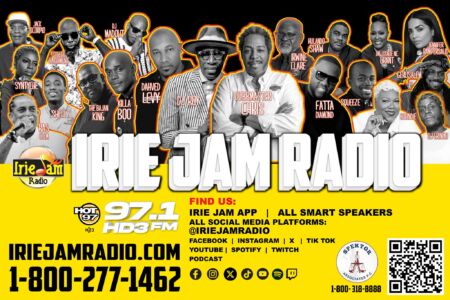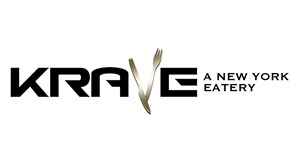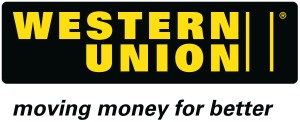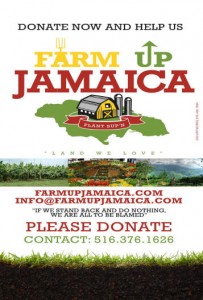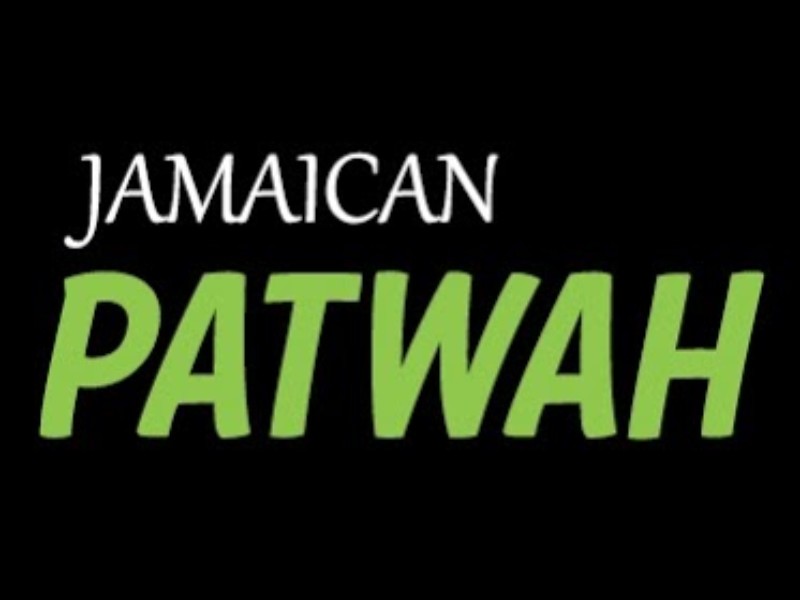
Jamaican Patois Creole Is A Popular Course At York University, Canada
Students enrolled in York University’s graduate diploma program in Latin American & Caribbean Studies are required to study a language other than English spoken in that region.
With Spanish, French and Portuguese being taught at the university, some students inquired a few years ago why creole wasn’t part of the curriculum.
Jamaican-born Dr. Michele Johnson, the co-ordinator of the Latin American & CaribbeanStudies program at the time who is known for developing strong relationships with her students and demonstrating an extremely keen interest in their work, contacted linguistics professor Hubert Devonish, the head of the Jamaican Language Unit at the University of the West Indies (UWI) Mona campus. Her request was simple.
She wanted to know if there was anyone at UWI who would be interested in designing a Jamaican creole course that could be taught at the university.
Devonish, who taught English at Central High School in Guyana in the late 1960s and early 1970s before joining the UWI staff 37 years ago, selected Clive Forrester, a UWI graduate student teaching linguistics courses at the university and academic writing at the University of Technology.
“The plan was for me to come for an academic year,” recalled Forrester who arrived in Canada for the first time at the end of July 2008. “The weather was great then, but as the place started to get cold and it began to snow, I was looking forward to returning to Jamaica at the end of the academic year.”
Forrester designed an introductory course for students with no background in the language to help develop their basic aural, conversational, reading and writing skills and an intermediate module for individuals with some knowledge of Jamaican creole.
“This course seeks to develop further students’ proficiency in the language and provide them with a deeper understanding of how the language works,” he said.
Such was the success of the two two-hour weekly classes that Forrester was encouraged to return for a second year.
“Each class was capped at 30 and they were almost full,” he said. “There were also students from many ethnic backgrounds who were eager to learn Jamaican creole which is an English-based language with influences from West Africa.”

